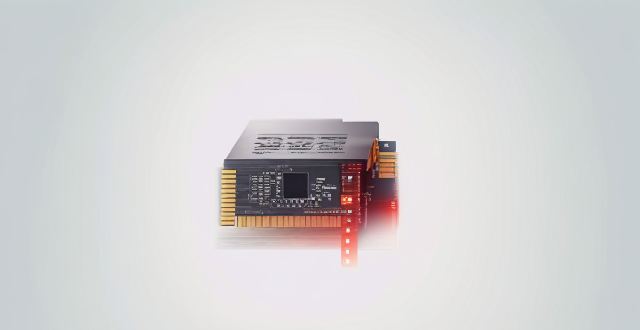A network card, also known as a network interface card (NIC), is a piece of hardware found in a computer that connects the computer to a computer network. It allows the computer to communicate with other devices on the network, such as other computers, printers, and servers. The primary function of a network card is to enable communication between the computer and other devices on the network through various protocols and standards. A typical network card consists of several components, including a network controller chip, physical connector, buffer memory, and firmware. Using a network card offers several benefits, including increased speed and performance, improved reliability, and easier troubleshooting and maintenance.

Definition of a Network Card
A network card, also known as a network interface card (NIC), is a piece of hardware found in a computer that connects the computer to a computer network. It allows the computer to communicate with other devices on the network, such as other computers, printers, and servers. The network card typically has an Ethernet port for connecting to the network using Ethernet cables or may have a wireless adapter for connecting to a Wi-Fi network.
Functions of a Network Card
The primary function of a network card is to enable communication between the computer and other devices on the network. This communication can be achieved through various protocols and standards, including:
* Transmission Control Protocol/Internet Protocol (TCP/IP)
* Address Resolution Protocol (ARP)
* Internetwork Packet Exchange/Sequenced Packet Exchange (IPX/SPX)
* NetBEUI
These protocols are used to ensure that data packets are sent and received correctly between devices on the network.
Components of a Network Card
A typical network card consists of several components, including:
* Network Controller Chip: This chip manages the flow of data between the computer and the network. It handles tasks such as encoding and decoding data packets, error checking, and managing network connections.
* Physical Connector: The physical connector is the part of the network card that connects to the network cable or wireless adapter. For wired connections, this is usually an RJ-45 Ethernet port, while for wireless connections, it may be a USB port or built-in antenna.
* Buffer Memory: Buffer memory is used to store incoming and outgoing data packets temporarily while they are being processed by the network controller chip. This helps to prevent data loss during transmission.
* Firmware: Firmware is embedded software that provides low-level control of the network card's functions. It is stored on the network card itself and is responsible for managing the card's configuration and operation.
Benefits of Using a Network Card
Using a network card offers several benefits, including:
* Increased Speed and Performance: A dedicated network card can provide faster data transfer rates than relying on a shared bus or motherboard-based networking solution. This is especially important for applications that require high bandwidth, such as video conferencing, online gaming, and large file transfers.
* Improved Reliability: A dedicated network card can help reduce latency and improve overall network stability compared to using a shared bus or motherboard-based solution. This is because the network card has its own dedicated resources and does not have to compete with other devices for access to the system's resources.
* Easier Troubleshooting and Maintenance: If there is an issue with the network connection, it is often easier to troubleshoot and resolve problems when using a dedicated network card rather than a shared bus or motherboard-based solution. This is because the network card can be easily removed and replaced if necessary.